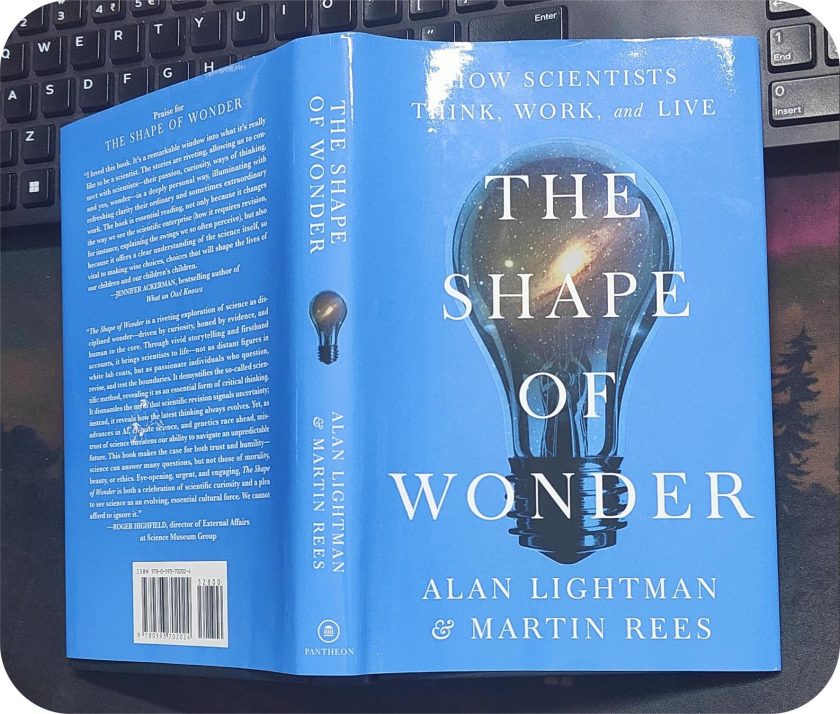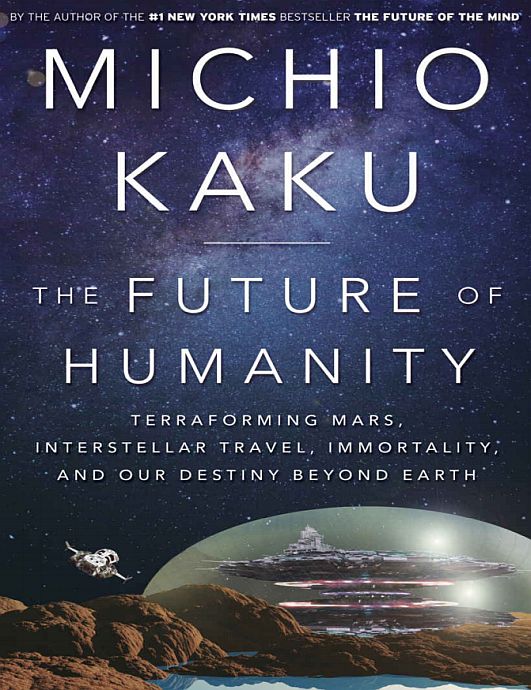
Lately, Dr. Michio Kaku’s book The Future of Humanity caught my attention. The book is uber fascinating and it was difficult to put it down, I finished reading in less than a week. I wasn’t reading, rather I was witnessing the ‘space odyssey’ in Dr. Kaku’s style.
The best after effect of finishing the book is one develops a different perspective towards space and time. And wonders that humans might be able to conquer death by genetic engineering and transferring human consciousness into non-biological machines.
The book is saturated with scientific breakthroughs in:
- artificial intelligence
- robotics
- nanotechnology
- biotechnology
- innovations in transportation technology to cover interplanetary distances and
- sustainable civilization in outer space.
In fact, all futuristic human fantasies seem to be just a matter of time.
Interplanetary spaceflight
Dr. Kaku is extremely positive about humanity’s ability to create habitable settlements not only on Mars but also a permanent moon base. He does not stop here, he takes us to the settlements on the asteroids and the moons of the gas giants, Jupiter and Saturn. Eventually, we will develop technology that will allow us to transcend our mortal frames to the periphery of Milky way galaxy.
Book is segmented into three parts that is;
1: Leaving the Earth
2: Voyage to the Stars
3: Life in the Universe
Given enough time, Dr. Kaku asserts humanity has enough potential to become godlike. With the tools of science and technology, humans will transcend limitations.
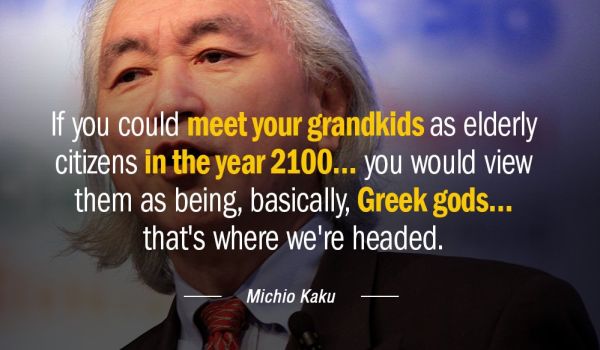
Leaving the Earth
In the first segment, Kaku talks about humanity’s first journey to space. After the pioneer landing on Moon in 60s, the space probe morphs into interplanetary destinations. Visually he described the landing on Mars and the planet’s first agricultural revolution, somewhat close to The Martian movie. Everything seems to be achievable including journey to gas giants and asteroid mining since they are considered as flying gold mines in outer space.
Voyage to the Stars
In the second segment of the book, Dr. Kaku envisions humanity taking the subsequent leap into exploring adjoining planets and star system, that is, Proxima Centauri, the nearest-known star to the Sun. Advanced robotic systems will be capable of exploring planetary rubble and dust. And making the new space habitable for human settlement.
Exploring corners of the universe will be within human limitations. Interplanetary spaceflight will be possible because of technologies that humans were able to develop, like:
- advanced rocket engines
- laser powered nanoships
- laser sails
- laser rocket
- solar sail
- ramjet fusion rocket
- anti-matter engines
He is quite optimistic that humanity will morph to multiplanet species starting from Mars to intergalactic settlements.
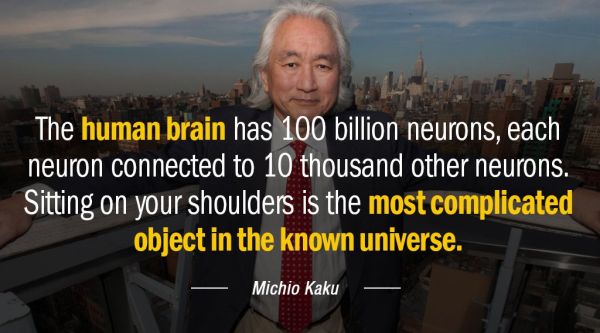
Life in the universe
In the final segment of the book, Dr. Kaku talks about the inherent desire of humans and that is extension of the life span. With advanced technologies humanity with the help of genetic engineering will survive in long deep space. Eventually, it’ll follow the post-human era where with the help of laser porting, humans will be able to use consciousness to explore galaxy or even universe at the speed of light.
Dr. Kaku then culminates the space journey with the ultimate quest and contact with intelligent extra-terrestrial civilization. And this will be the turning point – comparable to the discovery of fire – which will determine the course of human civilization for centuries into the future.
While voyaging the outer space, he also does not rule out the probability of finding the ashes of dead civilizations.
Vast cosmic diaspora
With the aid of all the fantasized technological breakthrough, humans will radiate throughout the vast cosmic diaspora. However, as per the current thinking, the universe too will end up in total disorder. Entropy will continue to increase thus, leading towards destruction. Dr. Kaku suggests that humanity can escape the annihilation by sneaking though a wormhole into a fresh and new universe. Yes, that’s what Kip Thorne’s idea is, which we saw in the movie, Interstellar.
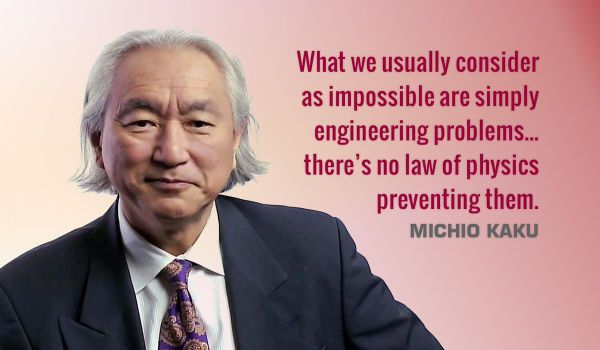
The fate of universe
In the final chapters, Dr Kaku expounds the fate of universe. Doomsday scenario is the eventuality of our universe. If we go according to Einstein’s theory of gravity, adds Dr. Kaku, future of universe converges into three possibilities:
- Big crunch – occurs when the when the expansion of the universe slows down, stops, and ultimately reverses itself. Everything collapses within itself to primordial superheated mass. It could be that Big Bang takes the next step.
- Big Freeze – in this scenario, the universe continuous to expand ceaselessly, heat become more diffuse and so the stars will cease to shine. Temperature reaches absolute zero and molecules stop their motion. Eventually universe crosses the threshold of force of attraction between all matter where is not enough gravity to reverse the expansion and the universe goes into a Big Freeze.
- Big Rip – universe is accelerating exponentially. Astronomers believe that due to the rapid expansion, distant galaxies will move away exceeding the speed of light and eventually disappear from our view. Furthermore, the exponential expansion becomes so great that it might rip the galaxy and the solar system apart.
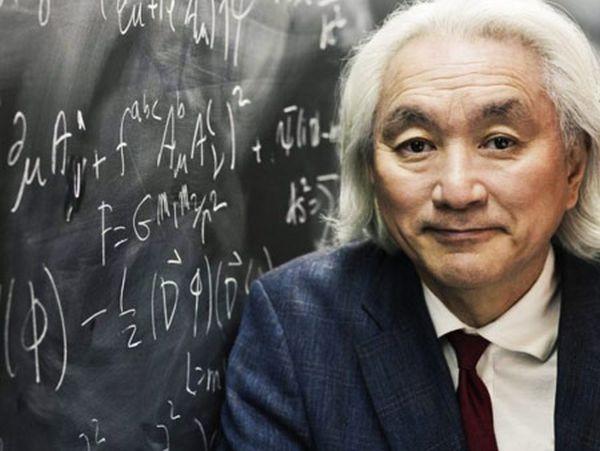
Takeaway
I recommend this book to futuristically driven optimists and also readers who are unfamiliar with science as it’ll open up new awe-inspiring vistas into the future.



